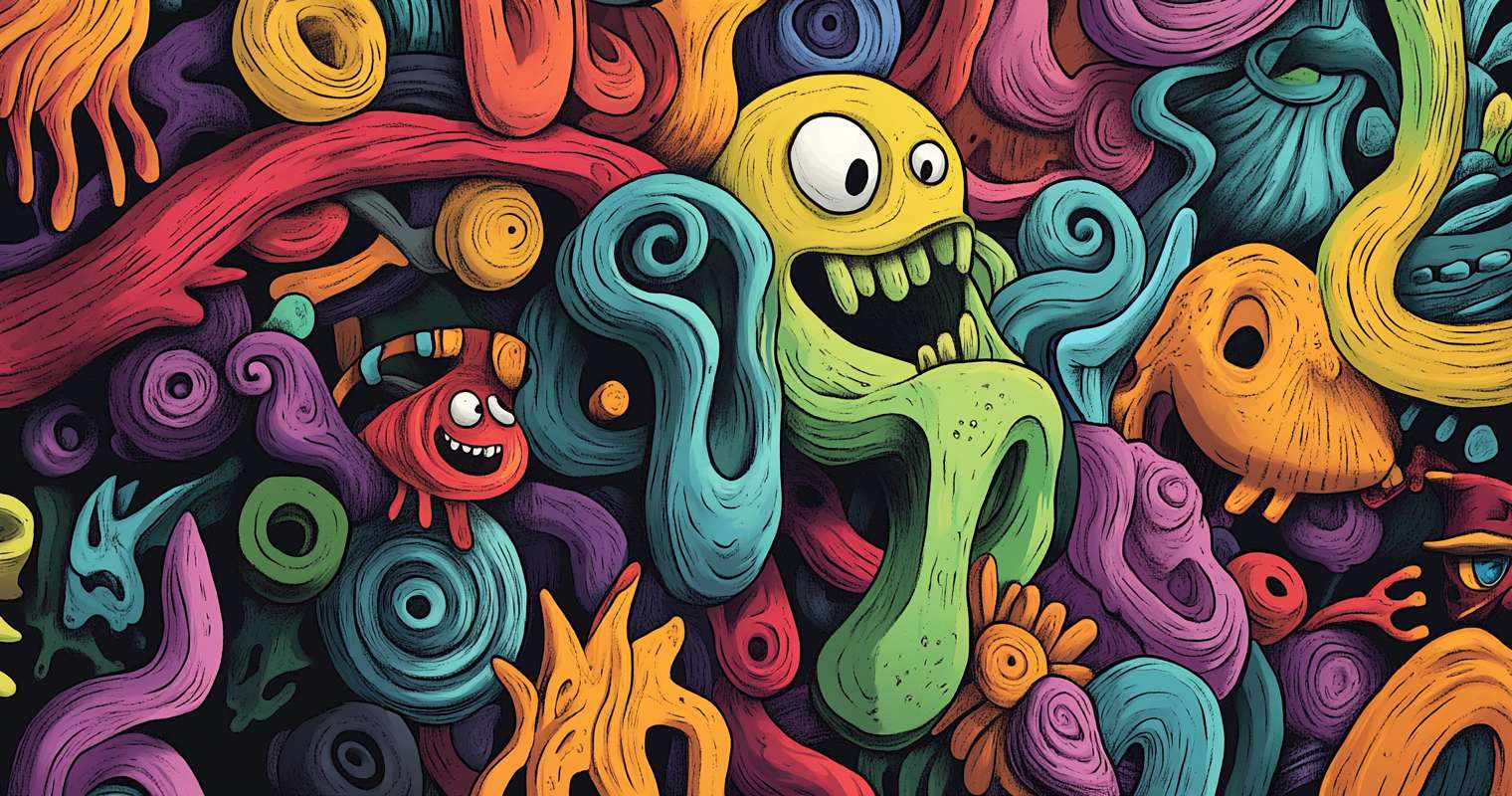
Collective and Compound Nouns Quiz, Test Your Grammar Skills. The Collective and Compound Nouns Quiz challenges your understanding of two essential types of nouns in English. Both collective and compound nouns enrich sentence structure, improve clarity, and enhance writing precision. Mastering their correct usage ensures accurate and professional communication.
Think you can easily distinguish between a team and a football team? Can you identify when to hyphenate or separate compound nouns? This quiz offers an engaging way to test your grammar knowledge while refining your writing skills.Take the Collective and Compound Nouns Quiz now and discover how well you understand these essential grammar structures. Challenge yourself, expand your knowledge, and boost your English proficiency today!
What Are Collective Nouns?
Collective nouns refer to a group of people, animals, or things considered as a single unit. Although the group consists of multiple members, the noun itself is treated as singular or plural depending on context.
Examples:
- People: A team of players, a committee of experts
- Animals: A flock of birds, a pack of wolves
- Things: A bunch of keys, a set of tools
Example Sentences:
- The jury is deciding the verdict. (Singular focus on the group as a whole.)
- The jury are arguing among themselves. (Plural focus on individual members.)
What Are Compound Nouns?
Compound nouns consist of two or more words combined to form a single noun. They can be written in three ways:
- Closed (one word): toothbrush, notebook, football
- Hyphenated: mother-in-law, self-esteem, check-in
- Open (separate words): ice cream, post office, high school
Example Sentences:
- She bought a new dining table. (*Closed form: dining table)
- My sister-in-law is visiting. (*Hyphenated form: sister-in-law)
- Let’s go to the coffee shop. (*Open form: coffee shop)
Key Differences Between Collective and Compound Nouns
- Meaning:
- Collective nouns refer to a group as a single entity (a herd of cows).
- Compound nouns combine words to form a new noun (mailbox, ice cream).
- Structure:
- Collective nouns are usually one word (team, family).
- Compound nouns can be one word, hyphenated, or separate words.
- Verb Agreement:
- Collective nouns take singular or plural verbs based on context.
- Compound nouns follow standard subject-verb agreement.
Why This Quiz Matters in Writing and Communication
Understanding collective and compound nouns enhances sentence variety, writing clarity, and grammatical accuracy. Misusing them can lead to confusion or awkward phrasing.
Example:
- Incorrect: The class are studying hard. (When treated as a single unit, use a singular verb.)
- Correct: The class is studying hard.
Similarly, incorrect hyphenation or word separation can change meaning:
- Incorrect: Ice-cream is my favorite dessert. (Hyphen unnecessary here.)
- Correct: Ice cream is my favorite dessert.
How This Quiz Improves Your Grammar Skills
The Collective and Compound Nouns Quiz tests your ability to identify and use these nouns correctly. Each question presents a sentence with a blank or incorrect noun usage, challenging you to select the correct form. Detailed explanations follow each answer, reinforcing correct usage and clarifying common mistakes.
By mastering collective and compound nouns, you’ll write more clearly, communicate more effectively, and avoid common grammar pitfalls.
